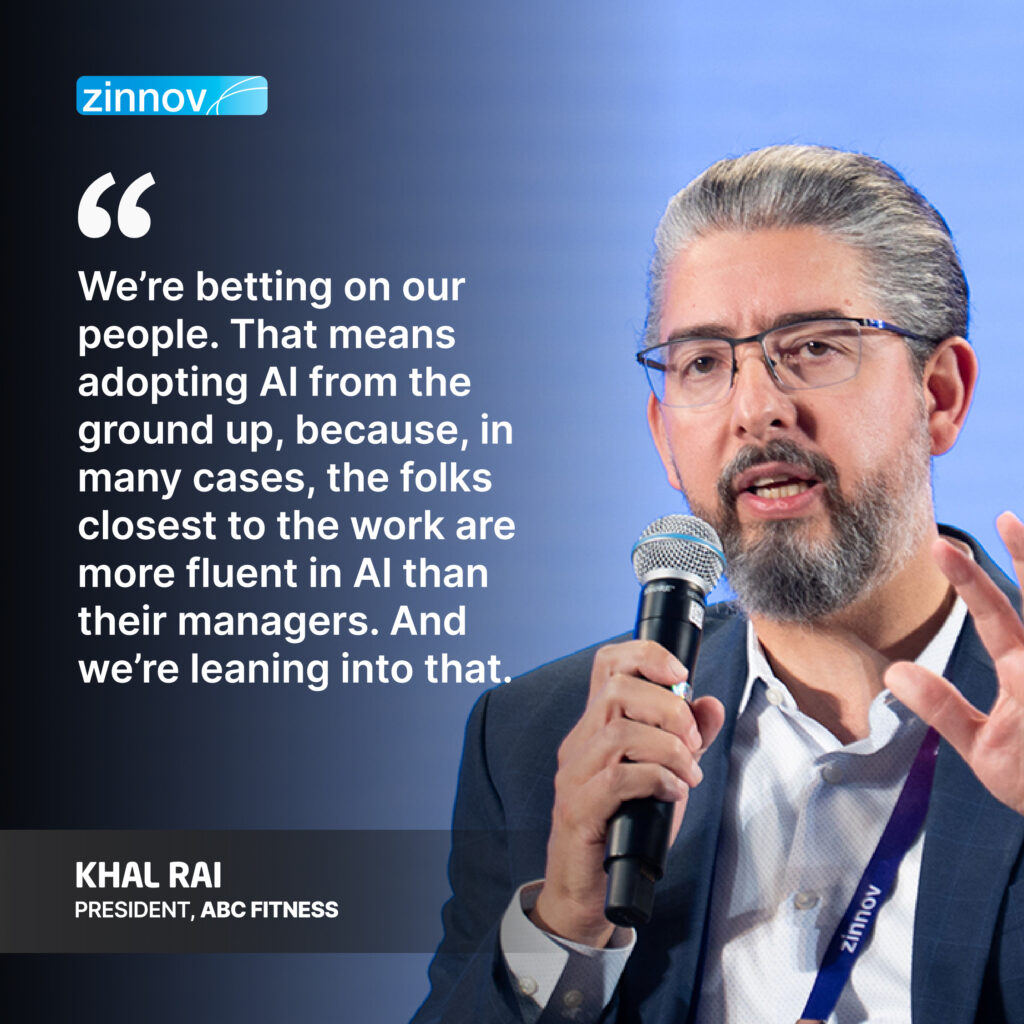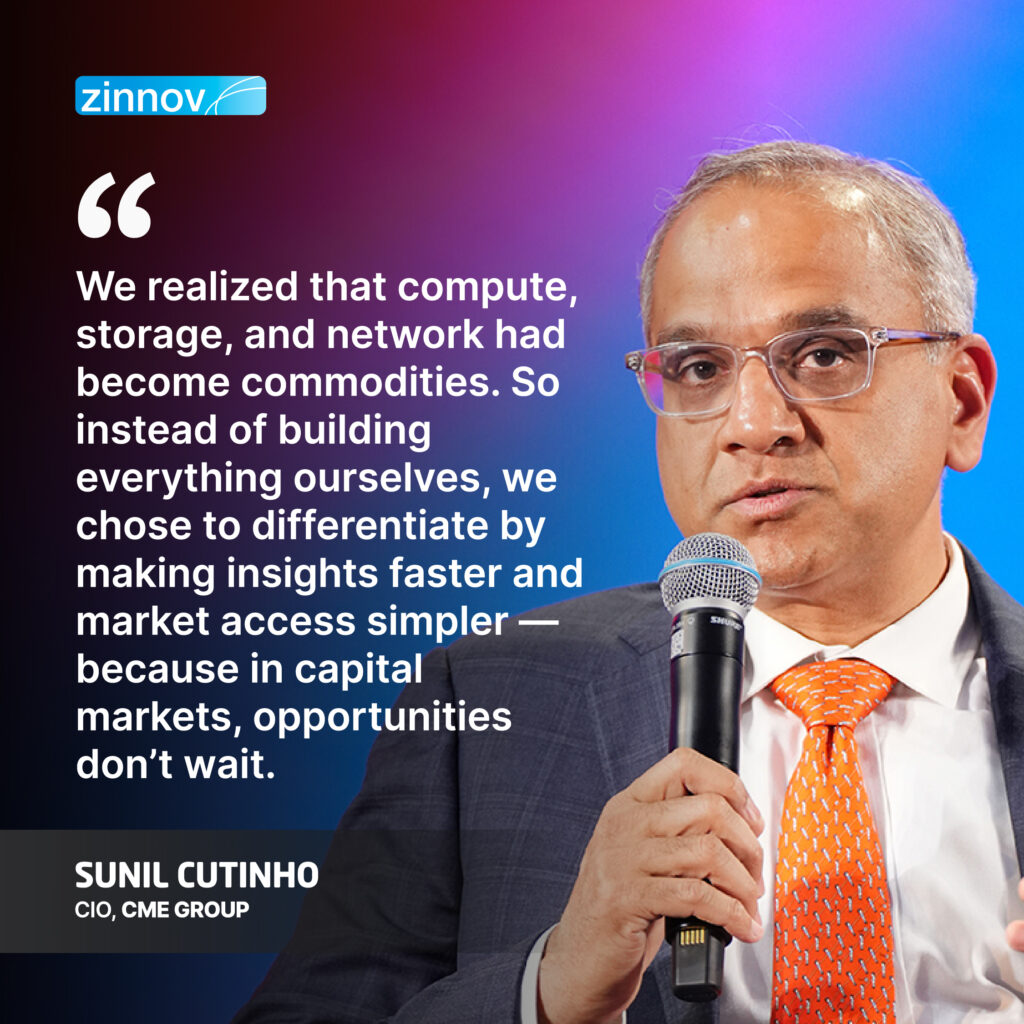|
|
Every company is doing something with AI. Some are experimenting. Some are posturing. A few are rearchitecting. But the real story isn’t about who’s using AI, it’s actually about what they’re choosing to give up to make it happen.
Because scaling AI is not just a technical lift anymore. And leadership, more often than not, is about deciding what not to do. That’s where it gets interesting.
Leaders are making real trade-offs – some explicit, others unspoken. What was once standard practice is now being set aside, as organizations reorient long-held priorities to make space for the AI era.
So, what trade-offs are being made to enable this shift?
One of the most underreported truths of the AI era is this: many CXOs are deprioritizing core product roadmaps to make space for AI transformation.
Product features that were once planned quarters in advance? Paused.
Infrastructure upgrades that would’ve impressed engineering forums? Shelved.
Google delayed non-AI enhancements in Search and Ads to push its Gemini rollout. Salesforce reoriented its innovation pipeline around Einstein GPT, with CRM improvements taking a backseat. Adobe postponed Creative Cloud upgrades to accelerate Firefly, its generative engine.
The reason? AI fluency has become the new strategic edge. In a world where talent and compute are finite, and the pressure to show AI progress is infinite, something has to give. And increasingly, it’s the “normal” roadmap.
You don’t have the time not to have the time. That’s the operating principle now. And it’s rewriting how priorities are set.

One of the quietest, and most radical, shifts happening inside AI-first companies is organizational. The top no longer knows best.
This isn’t a critique of leadership, it’s a reality of how fast AI tools are evolving. The real breakthroughs are coming from the floor, from engineers, designers, ops teams, and analysts who are closer to the work, faster with the tools, and more fluent in AI than the people managing them.
The result? A quiet inversion of hierarchy.
At Microsoft, Copilot’s integration across Office wasn’t rolled out from a central blueprint. It began with internal hackathons, what the company now calls “AI Playgrounds,” where cross-functional engineers tested ideas, iterated quickly, and pushed promising solutions up the chain. Leadership made the space and resourced what worked.
Spotify follows a similar model. Its “squads” operate with autonomy, especially in AI-led areas like personalization and recommendations. Teams handle experimentation and deployment end to end, while leadership focuses on setting policies for data use and privacy.
Even in the heavily regulated financial sector, banks like ING and DBS are moving in this direction. Large training programs have given way to “sandboxing,” where product and analytics teams test AI pilots autonomously. Only when something works does it scale.
It’s clear that the age of centrally managed transformation is fading, and fast. The companies making the most progress are not forcing AI from the top. They’re creating the space for it to emerge from the edges. Because the truth is: AI is evolving too fast for strategy to stay centralized.

Not long ago, global expansion followed a predictable formula: modernize your stack, clean your data, migrate to the cloud, then launch. That model still makes sense, on paper. But inside many enterprises, it’s being quietly set aside.
The urgency to deploy AI at scale, across languages, functions, and geographies, is pushing companies to move fast, even if their underlying tech isn’t. Clean architecture is no longer a prerequisite. It’s a luxury. And in some cases, it’s being postponed indefinitely.
Enterprise software firms like SAP and Oracle are launching generative copilots on top of platforms held together by decades of code and integration work. Banks are using AI to auto-translate customer communication and run compliance workflows, without waiting to complete their core modernization programs. Retailers are rolling out dynamic pricing and recommendation agents, even when the backend still runs on outdated catalog systems.
The logic is simple: if AI can extract, translate, and synthesize value from what already exists, why wait?
LLMs and other generative tools are proving unusually flexible. They can interface with fragmented systems, build workflows across legacy environments, and localize experiences in days, not years. In Manufacturing, Telecom, and Healthcare, companies are using AI to overlay intelligence onto brittle infra that would take years and millions to rebuild.
Companies are launching features, reaching new markets, and delivering measurable outcomes first. Refactoring comes later, once the business case is proven.
As one CIO puts it: “We let AI glue old pipes together, get new value out now, and only rip or replace when there’s ROI for doing so.”

Over the last decade, Global Capability Centers (GCCs), especially in India, have steadily moved up the value chain. What began as hubs for cost-effective delivery and process support have evolved into strategic centers for engineering, product development, and global operations.
Today, many of these centers own entire products, drive end-to-end roadmaps, and manage P&L responsibilities. And with the rise of AI, the pace of this evolution has accelerated.
AI has leveled the playing field. Access to the same cloud infrastructure, data pipelines, and LLM platforms means that capability is now defined by talent, not geography. And increasingly, the best talent, and the fastest product execution, is coming from outside traditional HQs.
At Goldman Sachs, Citi, and J.P. Morgan, India teams run global trading and analytics platforms, often with full architectural and customer-facing ownership.
Siemens, GE, and Schneider Electric file industrial AI patents from their Indian teams. Walmart, AB InBev, and Unilever launch global AI-powered commerce and supply chain innovations from Asia-first digital labs.
The language inside these organizations is shifting to reflect this new reality. Internal leadership refers to these locations as “the engine room of productizing AI for our global business,” not as offshore support.
This shift is visible in numbers. Over 80% of Fortune 500 GCCs in India now report into both regional and global P&L structures. In 2024, more than 40% of net-new product features at several major U.S. and European tech firms were first developed or incubated by India-based teams. Thousands of digital and AI patents are now filed annually from distributed centers, often outpacing their HQ counterparts.
AI has changed the tempo of product development. And in response, organizations are moving away from centralized control and toward distributed accountability. Strategy may still be set globally, but what gets built, where it ships from, and who owns its success is now genuinely up for grabs.
Winning with AI isn’t about doing more, it’s about making deliberate space for what matters now.
For leaders, the challenge is no longer how to add AI to existing structures, but what to consciously subtract so new ways of working can emerge. It’s about moving from orchestration to enablement, from making all the decisions to empowering the right ones to happen at the edge. In short: progress depends not just on what you start, but on what you choose to stop.